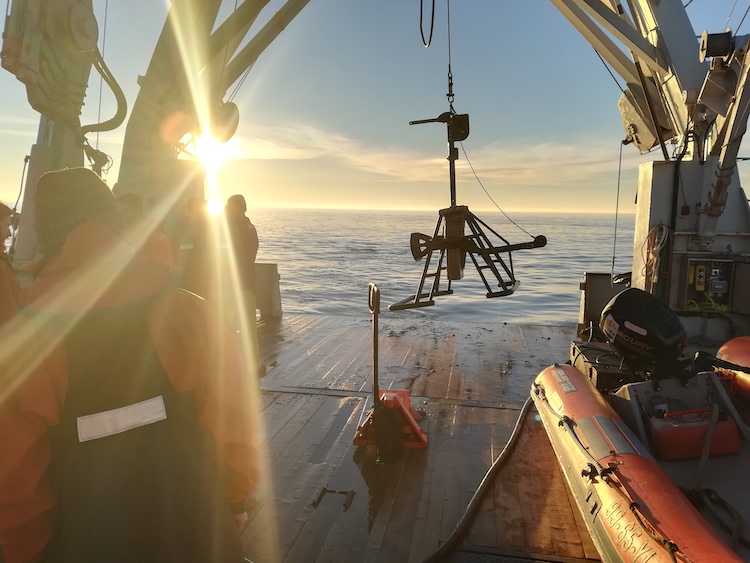S.J. Holthuijsen1, Oscar Franken2, Allert Bijleveld1
This email address is being protected from spambots. You need JavaScript enabled to view it.
1 Department of Coastal Systems, Netherlands Institute for Sea Research, The Netherlands
2 Conservation Ecology Group, GELIFES, University of Groningen, The Netherlands
Introduction
The NIOZ has a long tradition of sampling benthic fauna across the Dutch Wadden Sea. Ever since the sixties we can be found in and on the mudflats. In 2008 the NIOZ has started with a large scale sampling effort covering the entire intertidal Dutch Wadden Sea. And since the beginning we have not only taken samples of the benthic life, but also of the sediment they live in. We now have a database with over 80.000 individual samples from the intertidal of which we know the benthic life and the sediment grain size distribution. In 2019 we combined forces with the Wadden Mosaic team to add 1400 samples from the subtidal.
Methods
As NIOZ we have our own Research Vessel "Navicula". Using this ship, as a work platform and refuge after a full day spent in rubber boats, we roam the Wadden Sea in spring and summer to take our samples. But fieldwork is only a small part of the total effort. We still must process the samples in the lab. Let me take you on a tour of the fieldwork and the lab effort.
Results
In taking a combined effort of over 6000 samples from the seafloor, covering the entire intertidal and subtidal Dutch Wadden Sea, there is no place to hide.

Figure 1: Box-coring form the Navicula back deck










